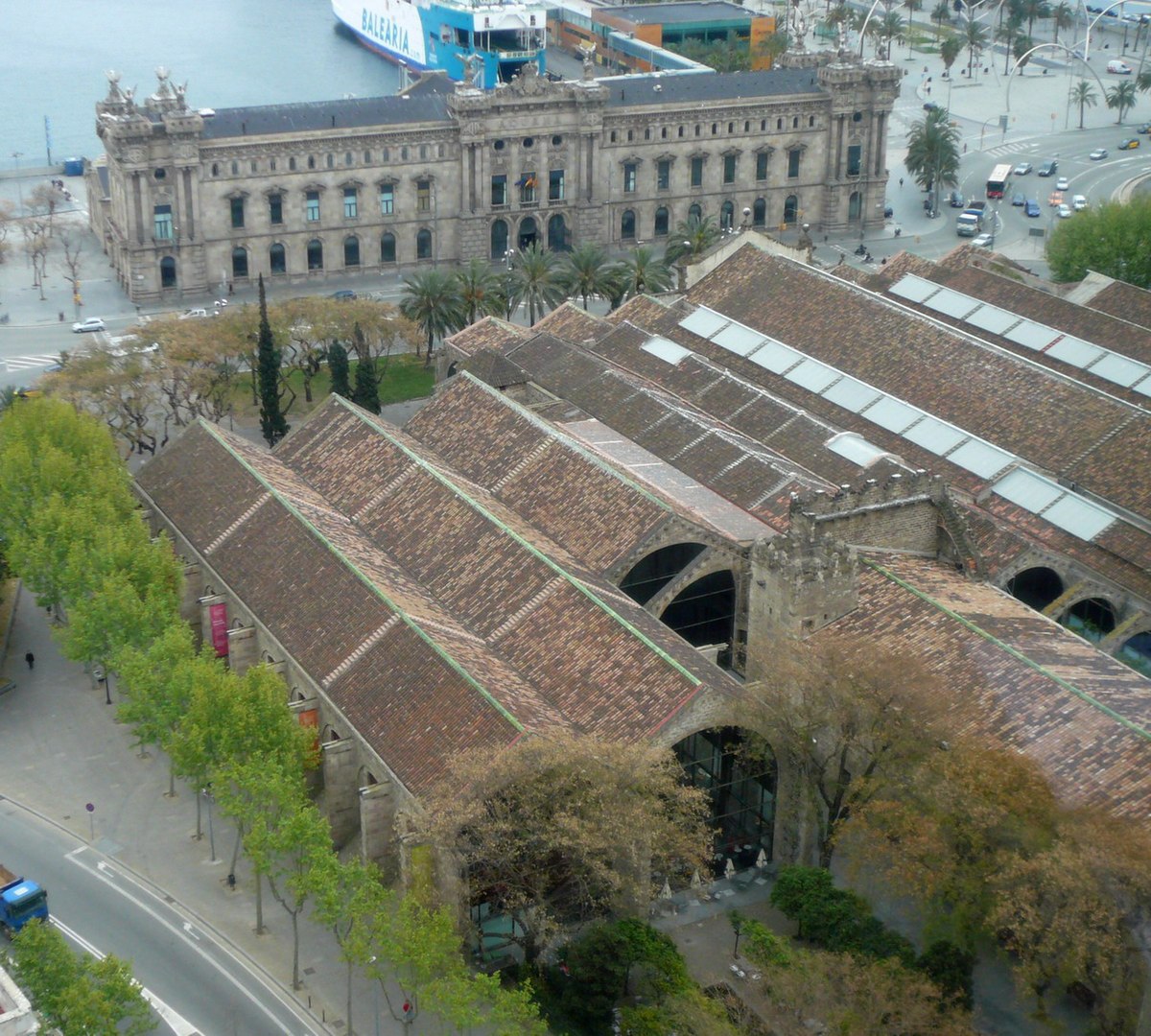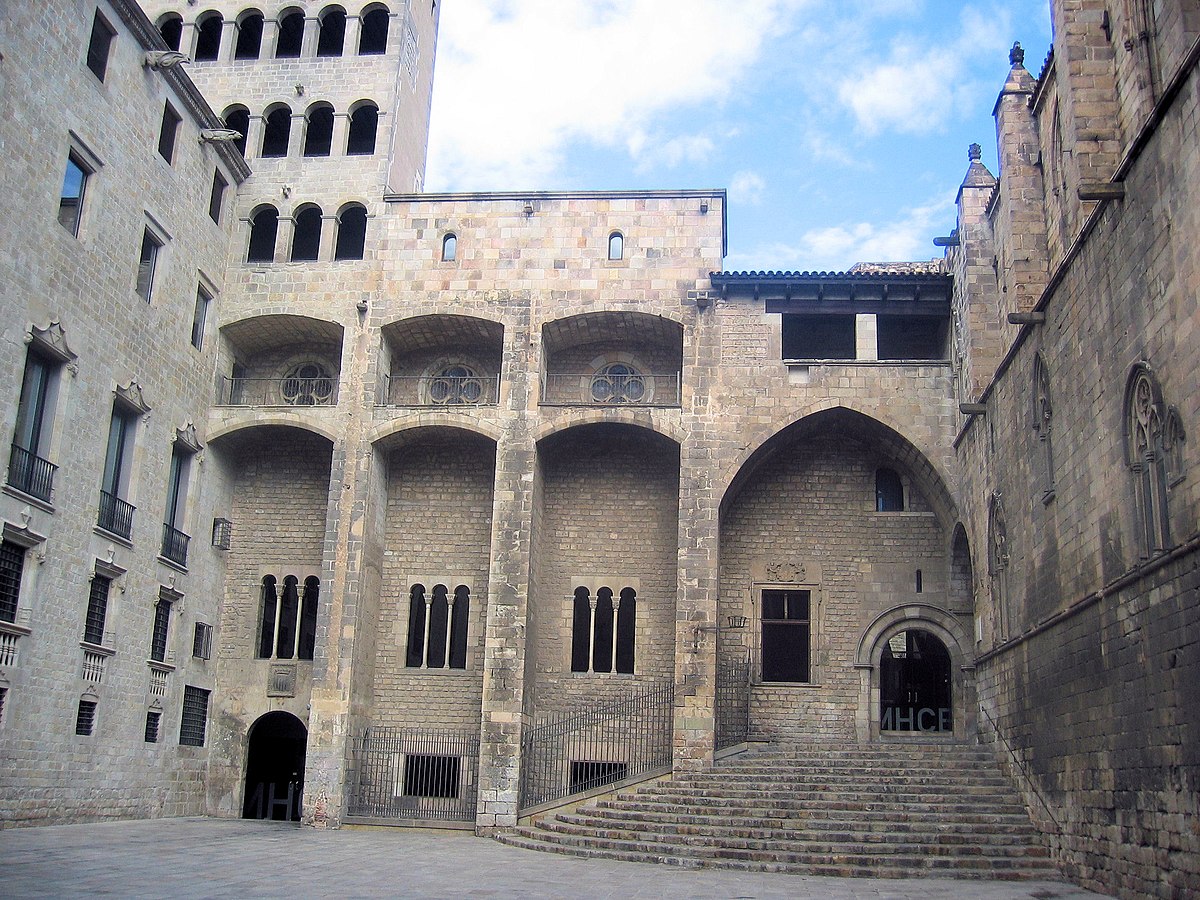
The museum's collections were moved from the Nautical Institute of the Mediterranean to the Drassanes Reials, where they played a crucial role in preserving maritime artifacts and documents during the war[2]. After the war, the museum reopened as the Maritime Museum of Barcelona on January 18, 1941, under a new administration[2].
Today, the museum is renowned for its extensive collection, including a to-scale replica of the Royal Galley of Don Juan de Austria, which participated in the Battle of Lepanto in 1571[3]. This replica is a testament to the engineering prowess of the time and serves as a focal point for visitors exploring the museum's vast nautical exhibits[3].



















